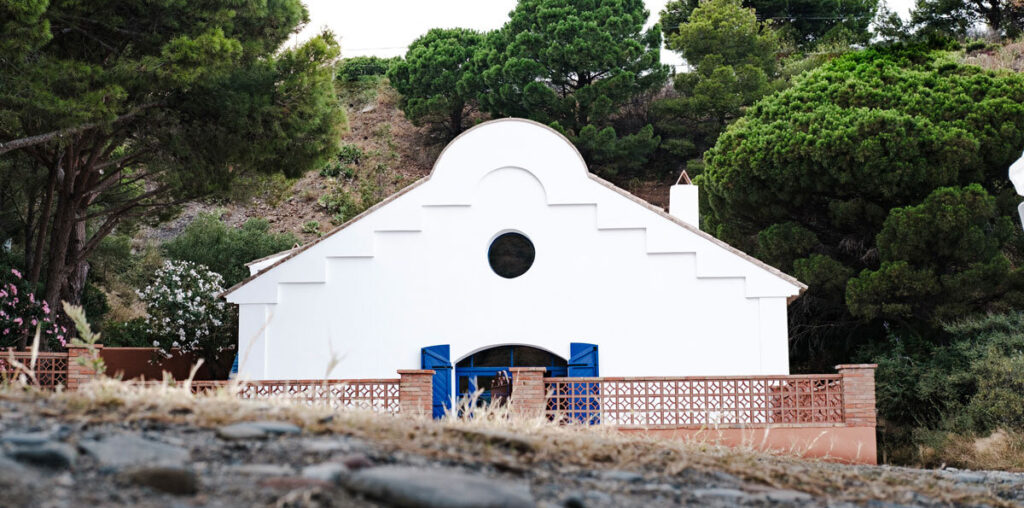Reviving Heritage: Ros + Falguera Restores former Sardine Facility
Ros + Falguera Arquitectura has transformed a former sardine salting facility into a sustainable residence on the Catalan coast, preserving the cooperative spirit and minimalist design ethos of early 20th-century Catalonia. At the beginning of the 20th century, cooperativism emerged strongly in the Catalan region, as workers united to create production spaces free from oppressive conditions. Working with minimal resources, they built warehouses, factories, and wineries on minimal budgets, using simple materials and employing arched spans and compression techniques to avoid costly steel or concrete. The original structure embodies this efficient use of local materials and construction techniques, employing simple, cost-effective elements like stone and ceramics, prioritizing functionality and efficiency.
Casa Salazón was once a sardine salting facility located in Colera, where the entire village could participate, and the product was then sold in the cities of Girona and Barcelona. Over decades of abandonment, the building suffered structural degradation, with issues of humidity and partial collapse. Ros + Falguera approached the restoration through a detailed structural analysis, using finite element modeling to analyze the building’s structural integrity and address one of the greatest threats to the building—wind-induced suction that could lift the roof. Reinforcing the building’s roof according to its original construction logic allowed the architects to retain the integrity of the historic design.
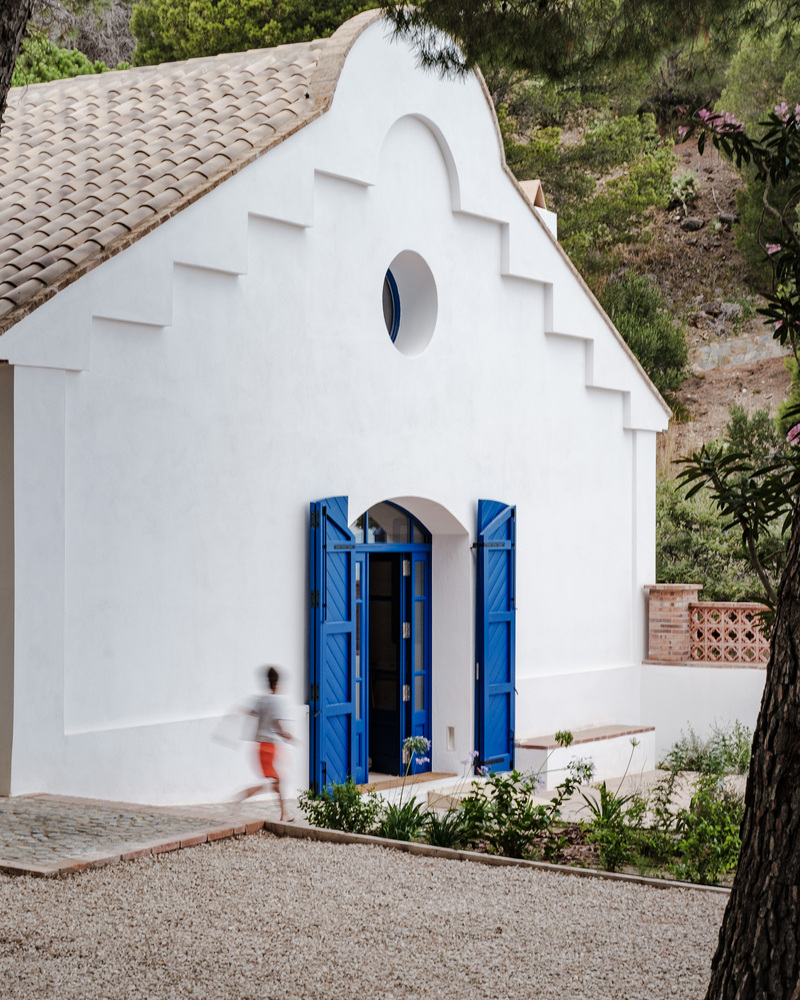
all images courtesy of Ros + Falguera Arquitectura
Local Materials and Eco-Conscious Design shape Casa Salazón
In keeping with the heritage of the structure, Ros + Falguera architectural studio prioritized local materials such as brick, stone, and ceramics, echoing the building’s original design. These materials were chosen not only to preserve historical authenticity but also to support sustainable building practices. By reusing and sourcing materials locally, the project significantly minimized its carbon footprint, reducing the need for new production and long-distance transport. Brick, ceramics, and stone were particularly valued for their durability, requiring less maintenance and adding to the building’s long-term resilience.
Natural light played a central role in the redesign, with the team carefully reopening bricked-up windows to enhance interior lighting. This approach improved habitability without compromising the historic fabric, allowing light to fill the interior through restored openings. The landscape design incorporated local Mediterranean vegetation, including drought-resistant and salt-tolerant plants, to seamlessly integrate the building with its natural environment and reduce irrigation demands. Avoiding modern additions such as large aluminum windows or other incongruous elements, the project instead focused on subtle adaptations that emphasize continuity with the past. The building’s original structure and minimalistic character were preserved, harmonizing the design with both its coastal environment and the cooperative heritage it embodies. This restoration by Ros + Falguera exemplifies how traditional construction wisdom can be combined with modern technology to create sustainable, context-sensitive spaces. Casa Salazón now stands as a thoughtfully adapted home that respects its historical roots while meeting contemporary environmental standards.
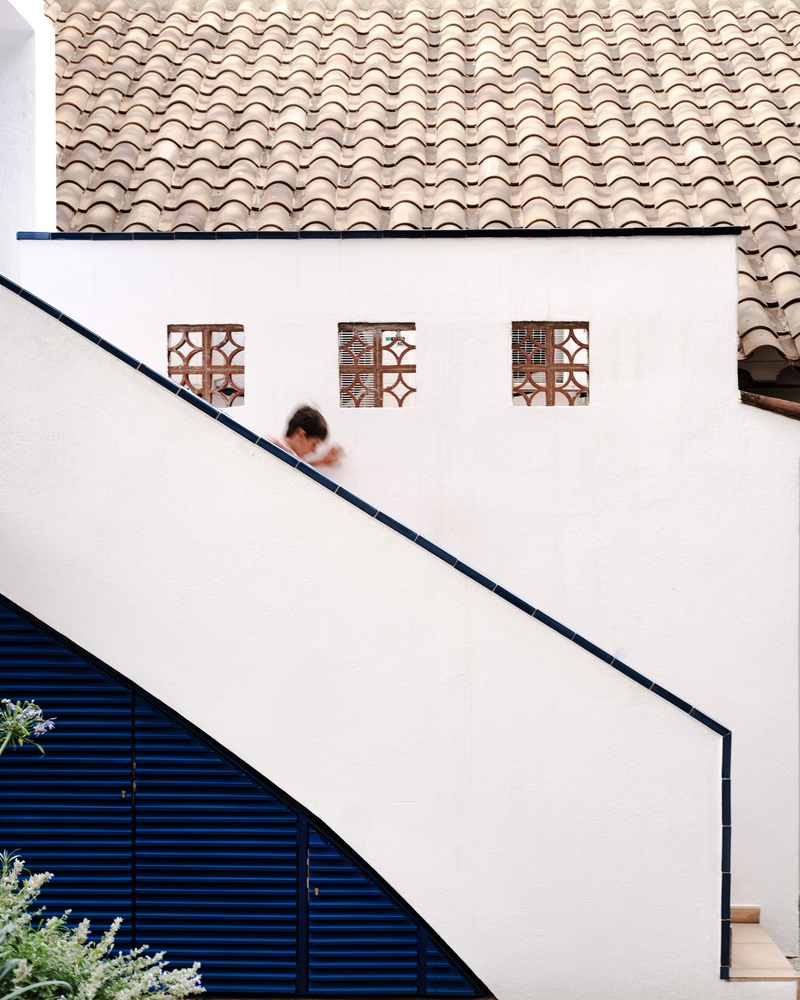
Ros + Falguera transformed a former sardine salting facility into a sustainable coastal residence
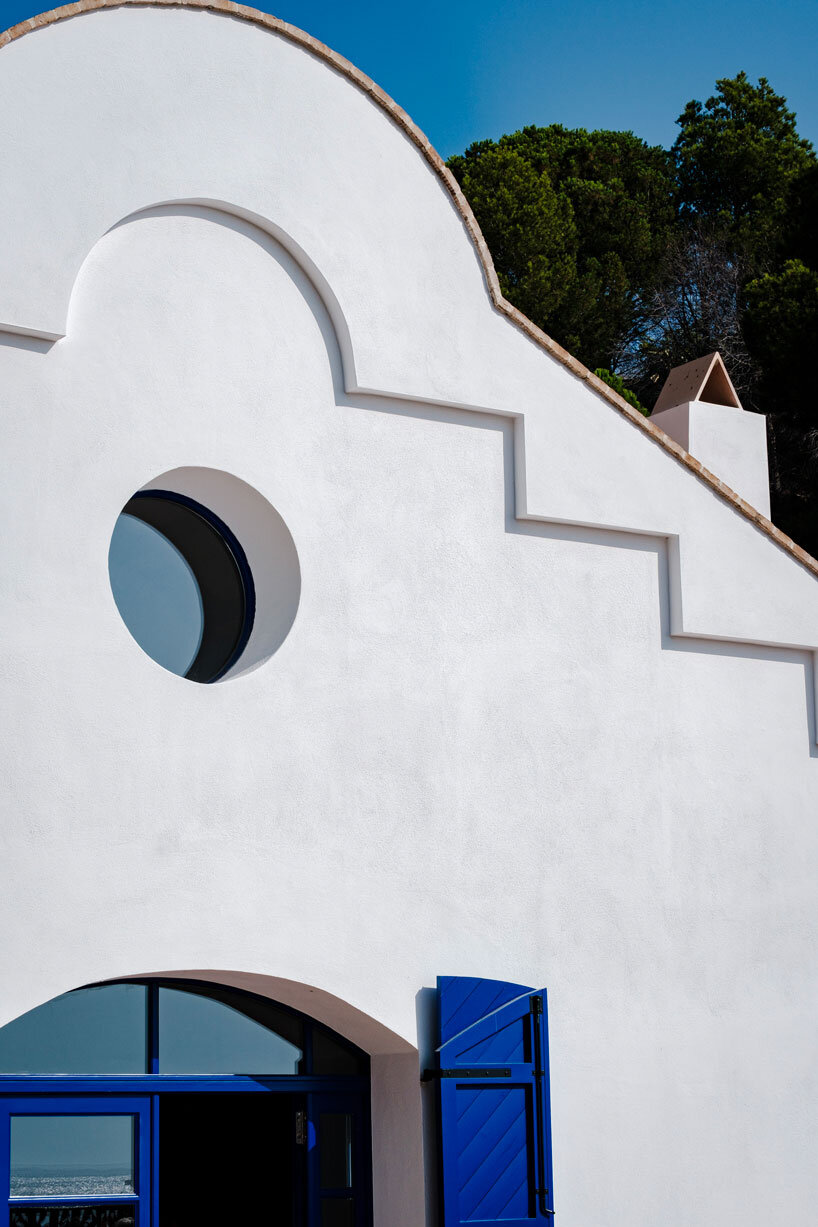
Casa Salazón preserves the cooperative spirit and minimalist design ethos of early 20th-century Catalonia
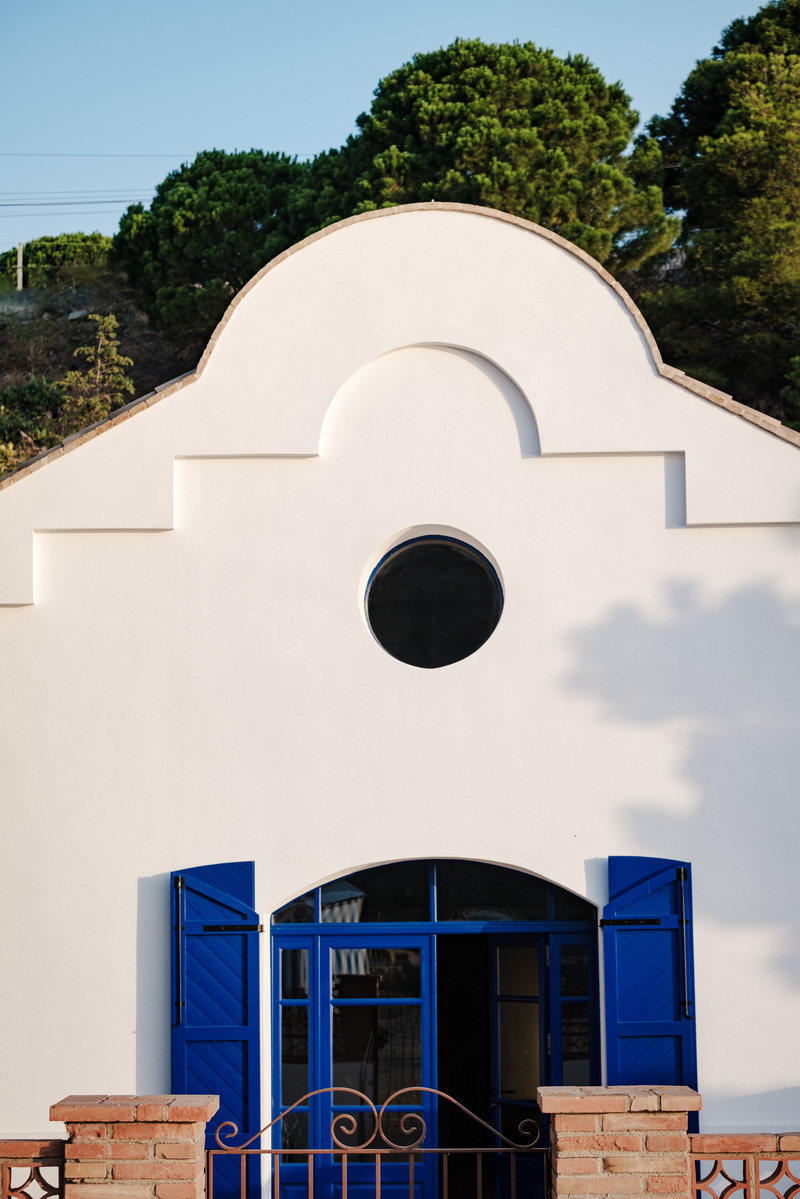
restoring bricked-up windows allowed natural light to fill the space, enhancing interior brightness and habitability
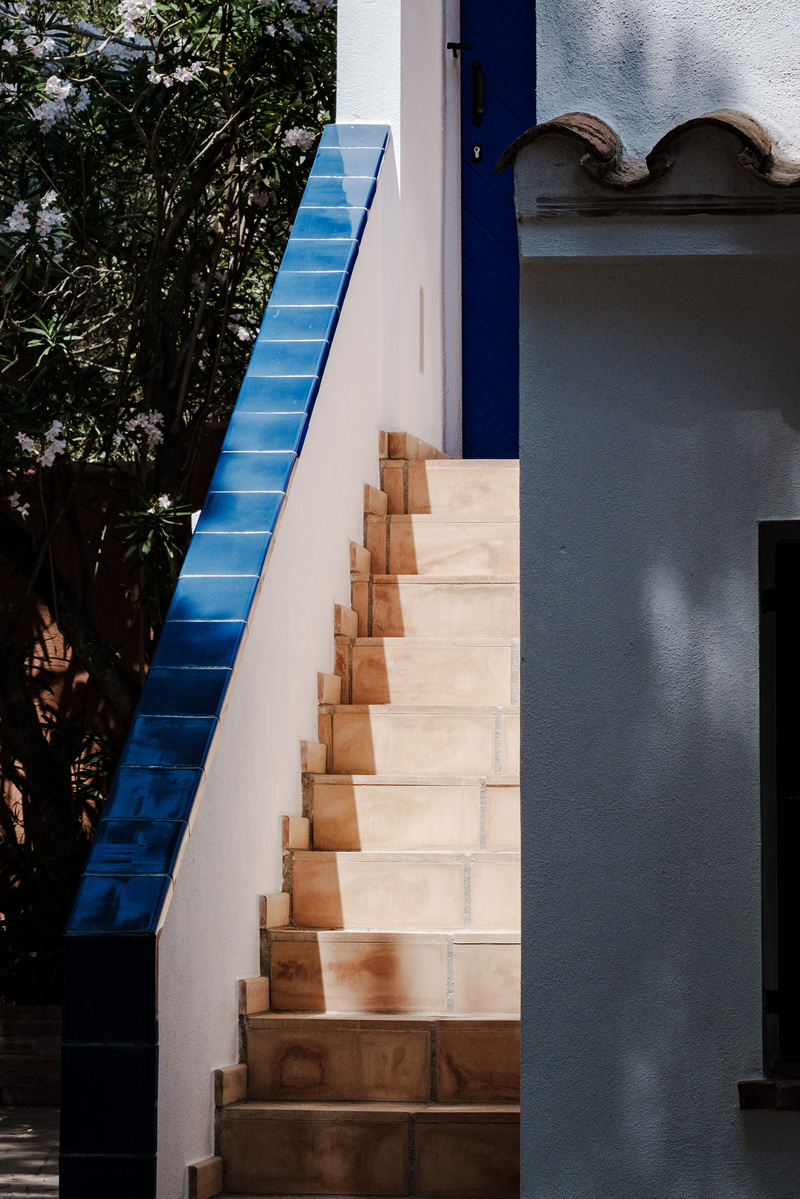
local materials like brick, stone, and ceramics were prioritized for sustainability and cultural authenticity

by sourcing materials locally, the project reduced the need for new material production
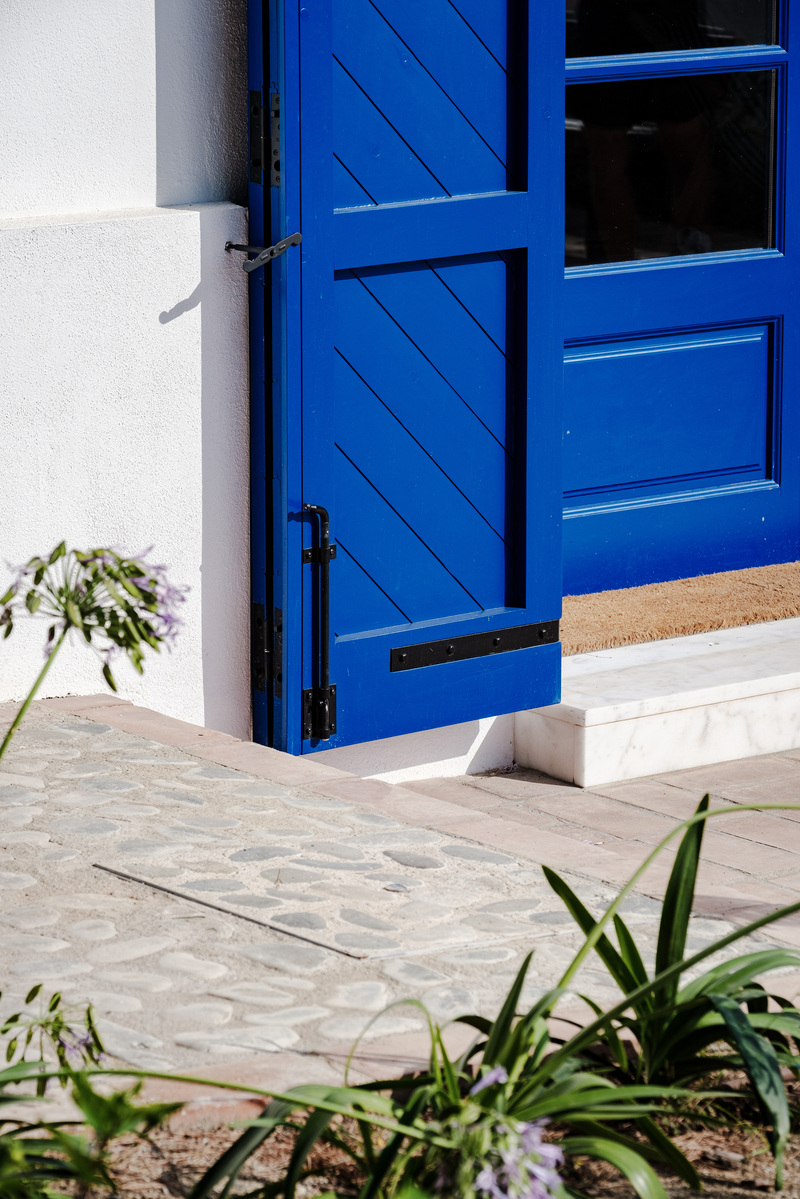
durable stone and ceramic materials require less maintenance, contributing to the building’s long-term resilience
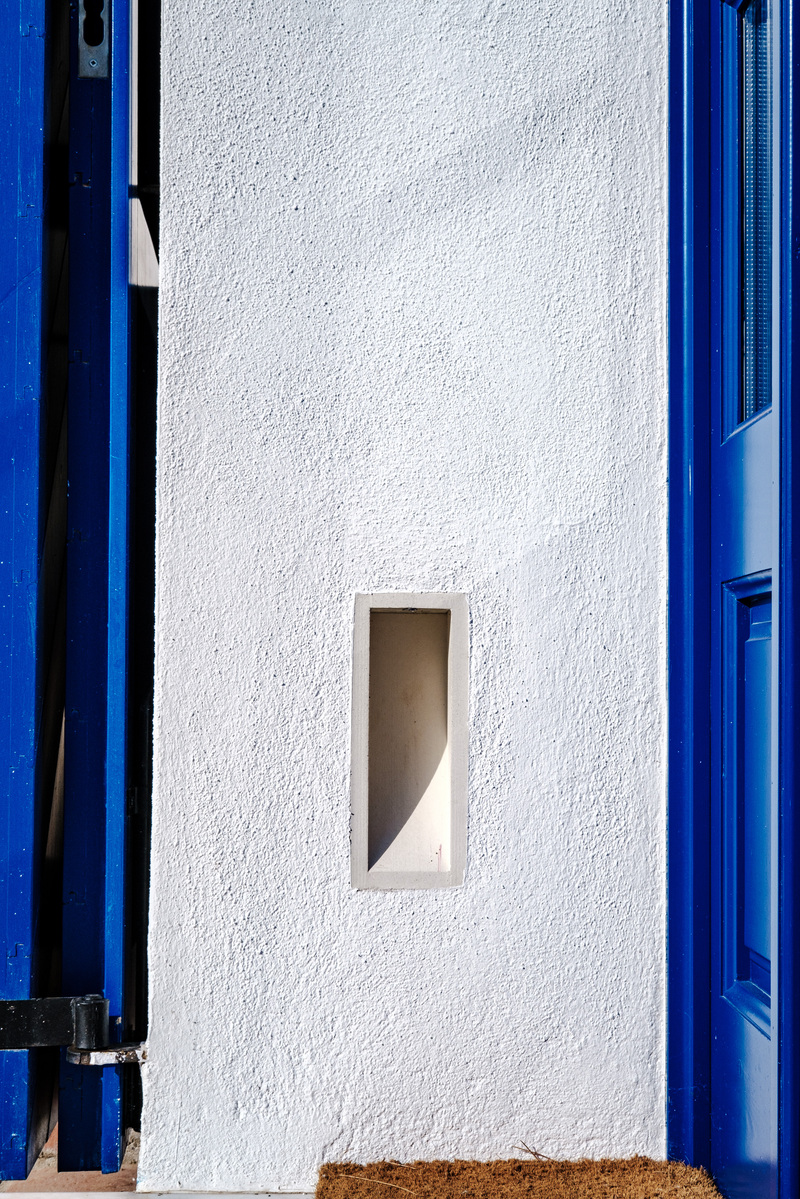
Casa Salazón exemplifies how traditional building wisdom and modern technology can create a sustainable home
